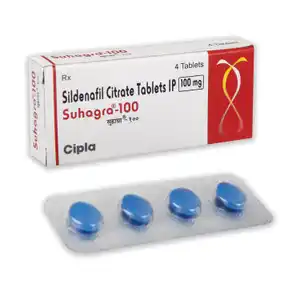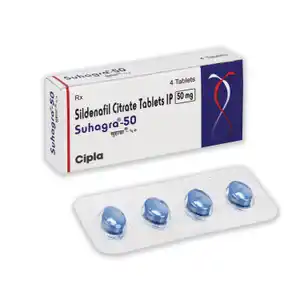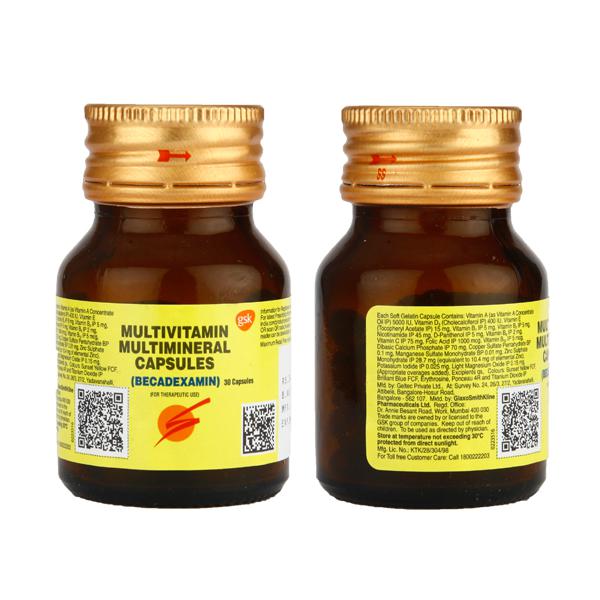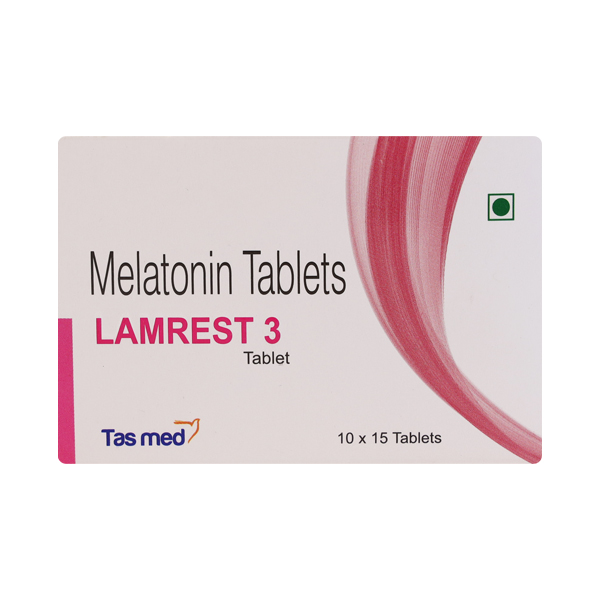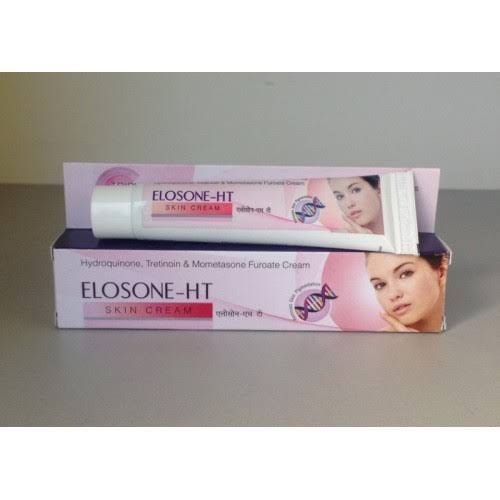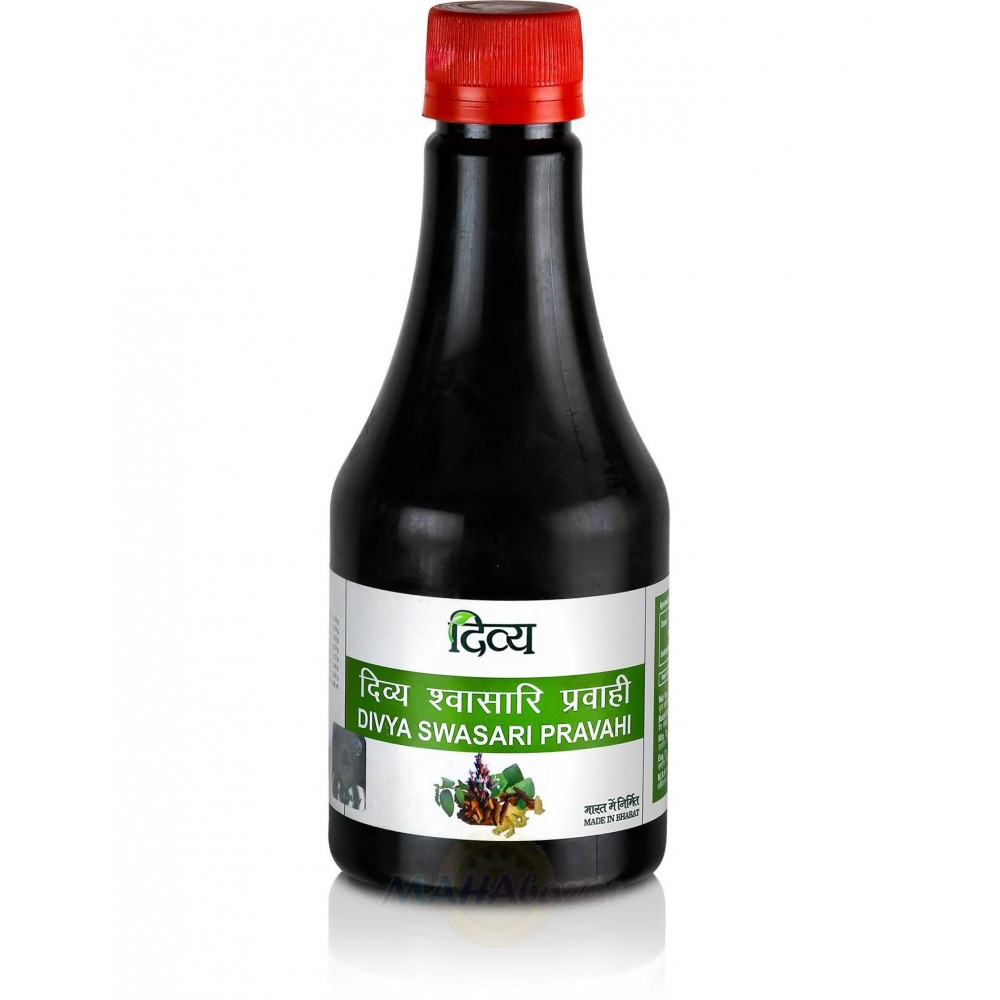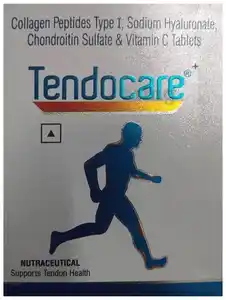Penile Yeast Infection: Causes, Symptoms, and Effective Treatments
Penile yeast infection is a common yet under-discussed condition among men. It occurs due to an overgrowth of Candida albicans, a type of fungus that thrives in warm, moist environments. While often mild, if left untreated, the infection can lead to discomfort, complications, and even sexual transmission.
This comprehensive guide will help you understand the condition, its symptoms, and the best treatment options using antifungal medications like clotrimazole, ketoconazole cream, and yeast infection treatment pills.
What is a Penile Yeast Infection?
A penile yeast infection affects the genital area in men, typically presenting as redness, irritation, and a burning sensation. While it is more common in women, men are not immune to this fungal overgrowth.
What Does a Yeast Infection Look Like?
The symptoms of yeast infections in men include:
- Redness and swelling of the penis, particularly under the foreskin.
- A burning or itching sensation around the genital area.
- White patches or a thick, clumpy discharge beneath the foreskin.
- Cracks or male yeast infection skin peeling, which may be painful.
- An unpleasant odor.
These symptoms can resemble other types of infection on penis skin, such as sexually transmitted infections (STIs), so proper diagnosis is essential.
Causes of Yeast Infection in Men
Several factors can lead to a yeast infection on men:
- Poor Hygiene: Accumulation of moisture and debris under the foreskin can create a breeding ground for fungi.
- Weakened Immunity: Conditions like diabetes or recent illnesses can make men more susceptible.
- Antibiotic Use: Prolonged antibiotic use can disrupt the body’s microbial balance, allowing fungi to thrive.
- Sexual Transmission: A partner with a yeast infection can pass it during unprotected intercourse.
Men with diabetes are especially at risk, as high blood sugar levels encourage the growth of fungi. Managing underlying health issues can significantly reduce your chances of developing a male yeast infection.
How to Get Rid of a Male Yeast Infection Fast
Prompt treatment can alleviate symptoms and prevent complications. Here’s how:
1. Use Antifungal Medications
- Topical Creams: Apply clotrimazole, ketoconazole cream, or other male yeast infection creams directly to the affected area. These creams target the fungal cells, reducing growth and symptoms.
- Yeast Infection Creams: Over-the-counter creams like Cortizone 10 and imidazole provide quick relief from itching and redness.
2. Oral Antifungal Medications
For severe or recurring infections, a yeast infection treatment pill like fluconazole can be prescribed. These anti-fungal medications work systemically, addressing the root cause of the infection.
3. Maintain Proper Hygiene
- Wash the genital area daily with mild soap and water.
- Dry the area thoroughly to prevent moisture buildup.
- Avoid harsh soaps or chemical-based products.
4. Avoid Irritants
Wearing tight-fitting clothes can trap heat and moisture, worsening the infection. Opt for loose, breathable fabrics to keep the area dry.
Complications of Untreated Yeast Infection in Men
While yeast infections are often mild, untreated cases can lead to complications such as:
- Chronic Infections: Recurring episodes that require longer and more intensive treatment.
- Balanitis: Inflammation of the head of the penis, which can lead to scarring and other long-term issues.
- Fungal Spread: In rare cases, the infection may spread to other parts of the body, especially in individuals with weakened immune systems.
Taking early action with appropriate antifungal medications like ketoconazole cream or clotrimazole can prevent these complications.
Types of Infection on Penis Skin
A yeast infection on penis is just one of several conditions that can affect the genital area. Others include:
- Balanitis: Inflammation of the foreskin or head of the penis.
- Fungal Infections: Caused by other fungi, similar to yeast infections.
- Bacterial Infections: Sometimes mistaken for fungal infections due to overlapping symptoms.
Consulting a healthcare provider is crucial if symptoms persist or worsen.
The Best Yeast Infection Treatment for Men
The best treatment depends on the severity and recurrence of the infection. For mild cases, topical treatments like male yeast infection cream are effective. For more stubborn infections, a pill for yeast infection may be required.
Popular Treatments Include:
- Clotrimazole and Ketoconazole Creams: Effective for localized infections.
- Yeast Infection Pills: For systemic infections or when topical treatments fail.
- Cortizone 10: Helps relieve itching and irritation.
- Imidazole-Based Medications: Widely used for their antifungal properties.
How to Prevent Yeast Infection in Men
Prevention is key to avoiding the discomfort and complications associated with male yeast infections. Follow these tips:
- Practice Good Hygiene: Clean the genital area daily and ensure it is thoroughly dried.
- Avoid Antibiotic Overuse: Prolonged use can disrupt your body’s natural balance.
- Manage Diabetes: High blood sugar levels can promote fungal growth.
- Use Protection: Avoid unprotected sexual intercourse with a partner who has a yeast infection.
FAQs About Yeast Infections in Men
Q1. What does yeast look like?
Yeast infections often appear as red, irritated skin with white patches or discharge. Cracking and peeling of the skin are also common symptoms.
Q2. Can yeast infections cause skin peeling?
Yes, male yeast infection skin peeling is a common symptom, especially in severe cases.
Q3. How to get rid of a yeast infection quickly?
Using a combination of antifungal medications, good hygiene, and avoiding irritants can help resolve infections swiftly.
Q4. Are pills effective for yeast infections?
Yes, a yeast infection treatment pill like fluconazole is highly effective for severe or recurrent infections.
Q5. What is the best over-the-counter yeast infection medicine?
Products containing clotrimazole or ketoconazole cream are often the most effective.
When to See a Doctor
While mild infections can often be managed with over-the-counter yeast infection medicine, you should seek medical attention if:
- Symptoms persist after treatment.
- You experience severe pain or swelling.
- You’re unsure if the condition is a yeast infection male or another type of infection.
Conclusion
A penile yeast infection is manageable with the right treatment and preventive measures. Using antifungal medications like clotrimazole, ketoconazole cream, or a pill for yeast infection, combined with proper hygiene, can effectively treat and prevent this condition.
If you're experiencing symptoms, act promptly to avoid complications. Seek medical advice for the best yeast infection treatment, and remember that taking care of your health is the first step toward a comfortable life. You can buy products such as clotrimazole, ketoconazole cream at lowest cost from Dawaadost.
This guide offers everything you need to know to combat yeast infection in men and maintain optimal genital health.
Disclaimer: This article is intended for informational purposes only and should not be considered a substitute for professional medical advice. Always consult a qualified healthcare provider for diagnosis and treatment of any health condition.


